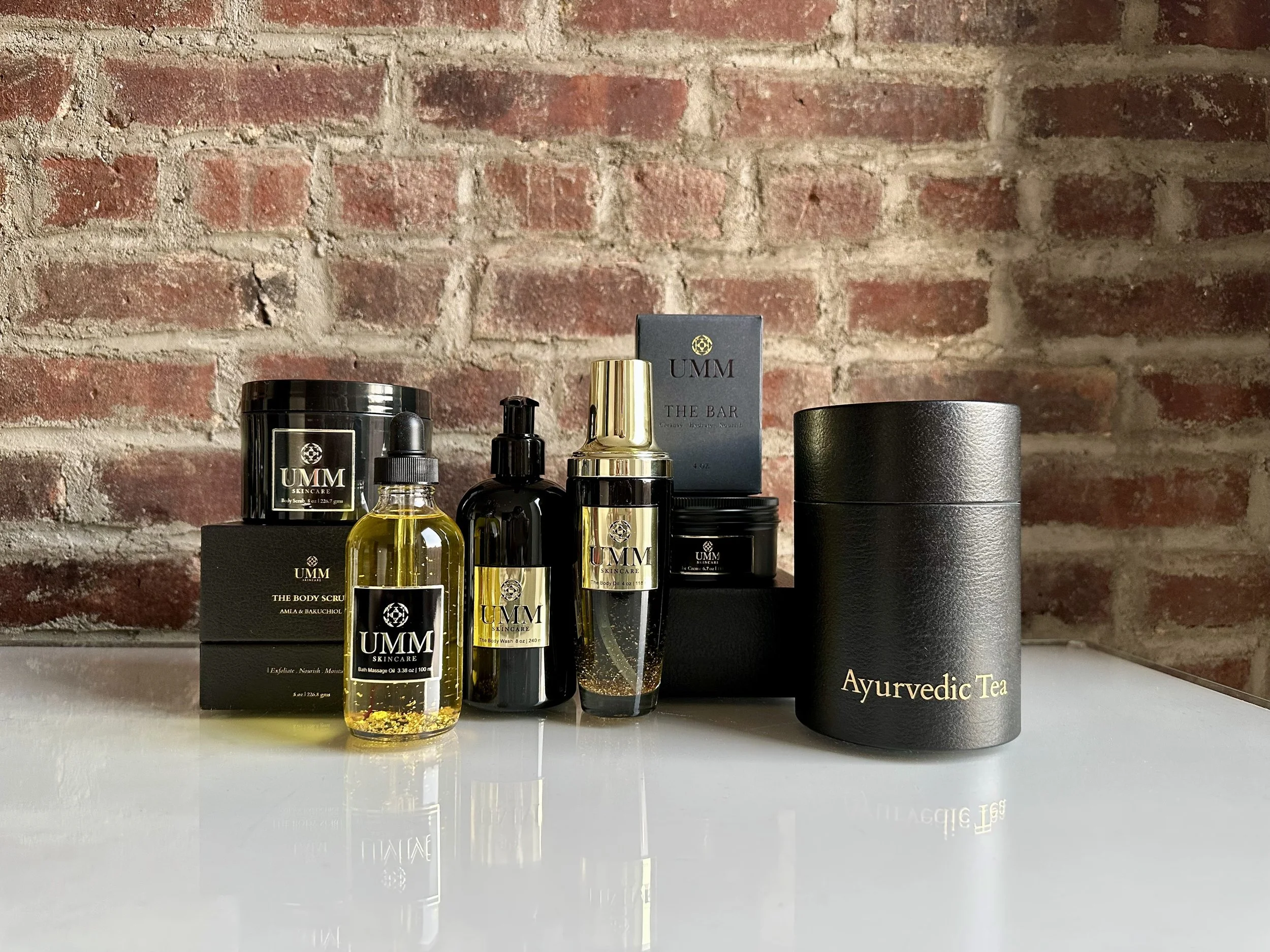Velveeta Nail Polish Gives A New Sense of Cheesy
“Nails.INC x VELVEETA Pinkies Out Polish Creamy Smooth Cheese Scented Nail Polish Duo” is a yellow and red pair from across the pond that tips-off an appetite for “America’s most-loved creamy, delicious cheese brand”. One reason beauty is a billion-dollar industry is due to the fun and desirable packaging and marketing. But, the science tends to be ignored unless it is part of a selling point; think 10-free nail polish boasts. A ‘big, bold, and unrestrained’ life through varnishes might be an unrequited hunger for process* cheese due to our sensory system. The look and smell of food are primary factors in indulgence, and the allure of cosmetics is (nearly) no different. This one’s a real nail biter.
Paint It Velvet
Cheese is (mostly) naturally white when the source animal’s diet has insufficient carotene. Have you seen yellow milk? Of course not, so mostly all yellow cheeses add annatto for color. Annatto comes from the seeds of a shrub (Bixa orellana) and is added to other foods like sausages. Velveeta also uses apocarotenal, which gives plants pigment. Both annatto and apocarotenal are carotenoids. Like beta-carotene in carrots, carotenoids are red, orange and yellow due to bixin and norbixin. The specific gold-yellow of Velveeta might be from a color produced in tangerine peels called citraurin, which is a type of apocarotenal.
A lot of bixin = orange-er
A lot of norbixin = yellow-er
“Finger Food” (red) adds the common red and yellow lakes, while “Velveeta Yellow” (yellow) adds yellow lake. Both use a general titanium dioxide that imparts a familiar unflattering “sunscreen white”.
“A foraging mouse can identify and locate a piece of cheese several meters away entirely by smell.”
Uncle Buck can’t get enough of the cheese.
Smells Like Cheese Spirit
When these particular Nails Inc. colors dry, the aroma of Velveeta is claimed to become apparent. Aside from pigmentation, annatto and apocarotenal give odor and flavor similar to pepper and nutmeg. The chemicals imparting odor specific to Velveeta are deciphered by the periform cortex. In a food lab, evaluation of the aroma is done by a human nose at the end-point of a chromatography-olfactometry method that is used to break up the components in a cheese sample. This apparatus somewhat mimics the olfactory system. Between nasal entry and brain “encoding”, neurons are using distinct receptors to capture the different odor particles that make up Velveeta. And no matter how strong or weak the smell of the dried polish, it is detectable by humans and pets that have some past experience with some component in Velveeta. Remember they add annatto to sausages, so you’ll basically be walking around London smelling like American Velveeta cheese and risking a chase by a pack of dogs.
Periform cortex = brain area that “encodes” a specific smell.
Kale-ing It
A lot of “natural” nail polish brands add ingredients that may have been shown to be beneficial to health when used on their own or as a dietary component. Process ingredients in food or cosmetics are usually not cancelled out by one “healthy” component. Nails Inc adds kale extract, a possible anti-inflammatory. Resins, like the melamine resin or glossing agent benzoguanamine, may help kale’s “antioxidant activity”, but substantial scientific evidence has not been published in accessible form. Also, people usually prefer chips over kale with their Velveeta.
BOTTOM LINE:
The story goes that Summer time allowed cows to produce yellow milk, so go for it, be a Summer cow and Velveeta your nails. Aroma and color elements in foods can get anyone hooked. Why do you think McDonald’s made a scented candle? With a lot of competition, brands need to relate any way they can, even if it means having customers look like a cheese box. Though not edible, this cheesy nail polish duo may instigate new nail biters in the UK. Is this equivalent to Americans using Boddington-smelling shampoo?
*Process instead of processed because the latter is not recognized by the US (Tunick MH)
More to discover
$cience is Beauty
Through the microscope.









